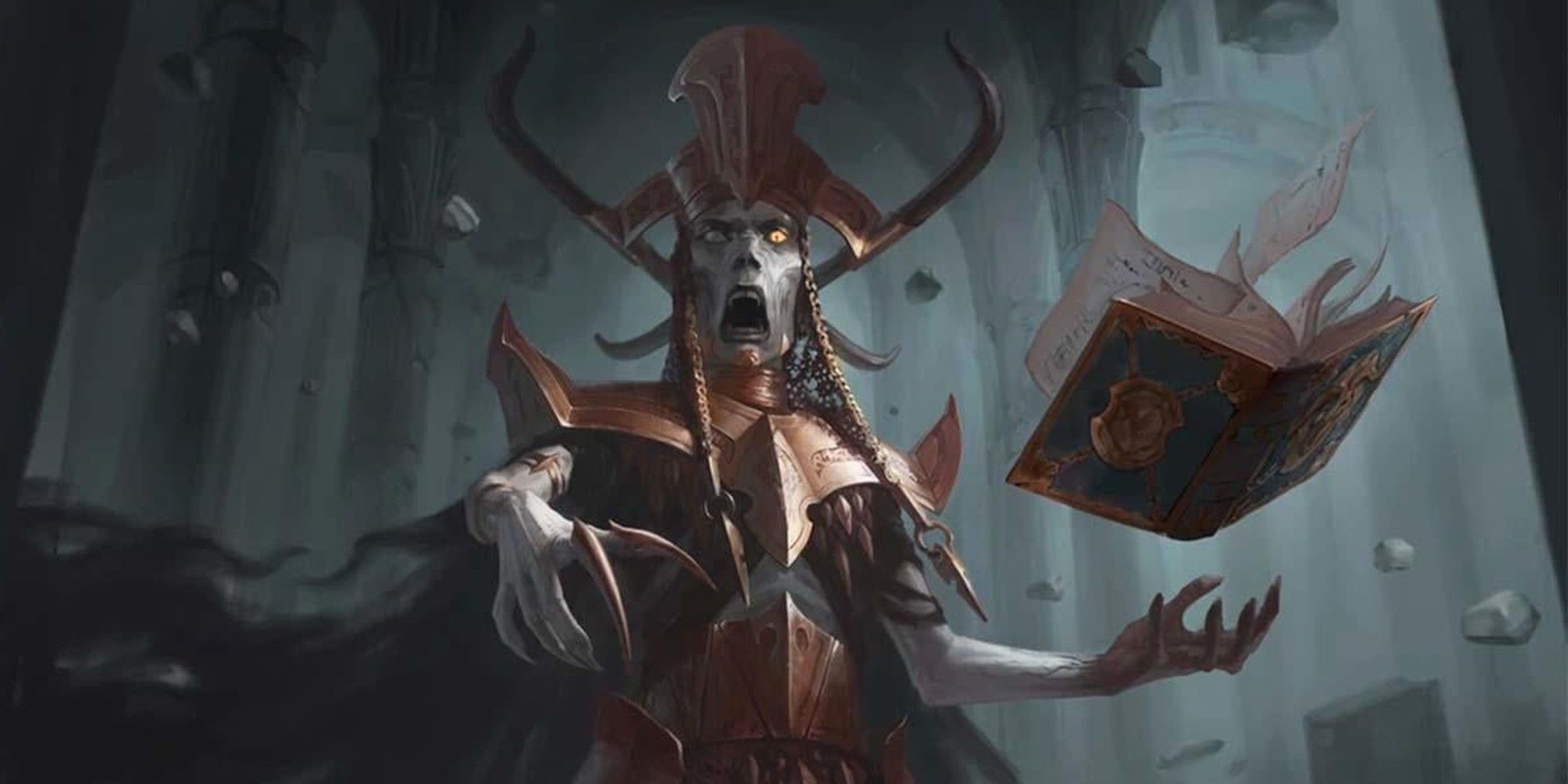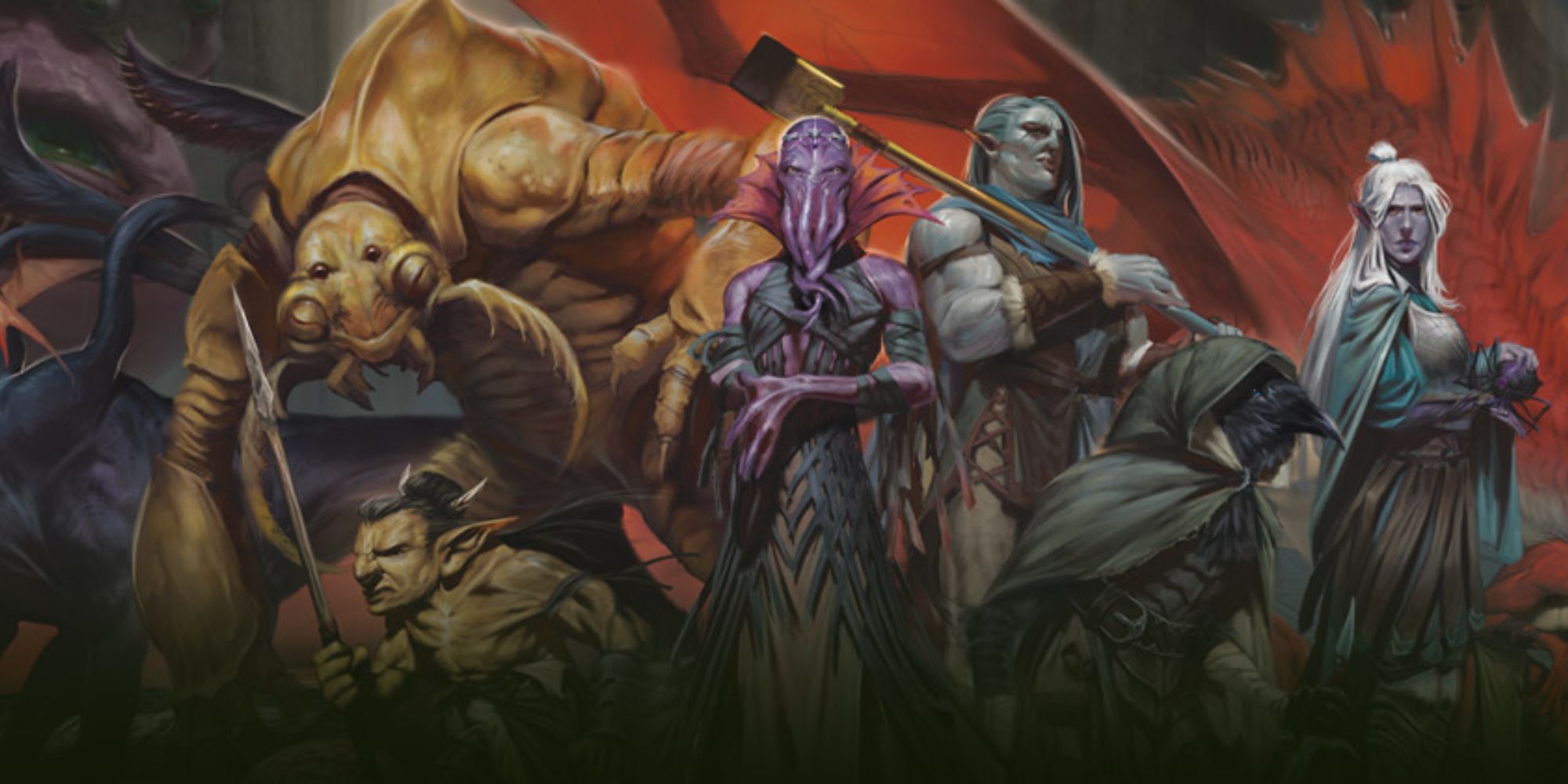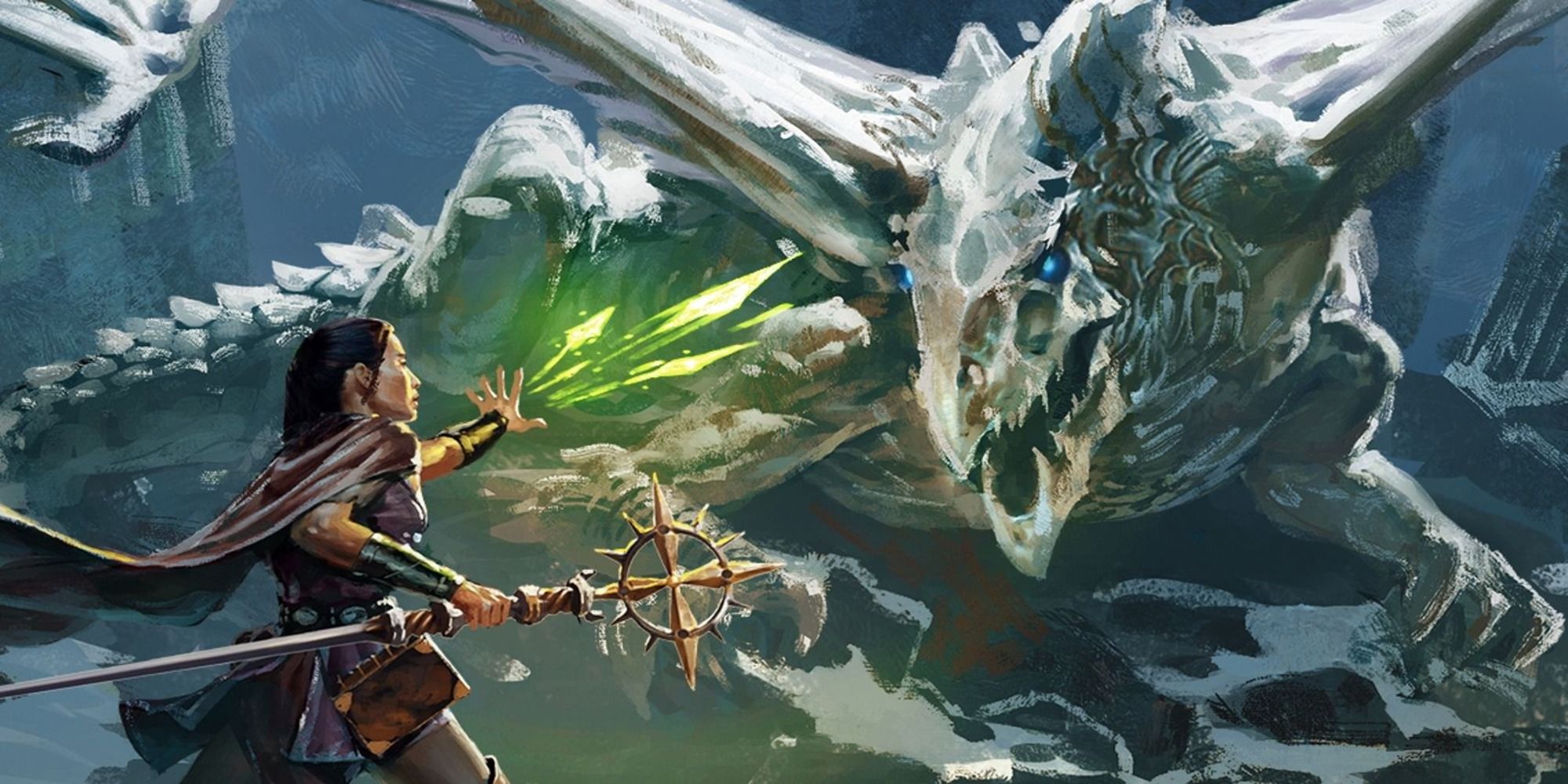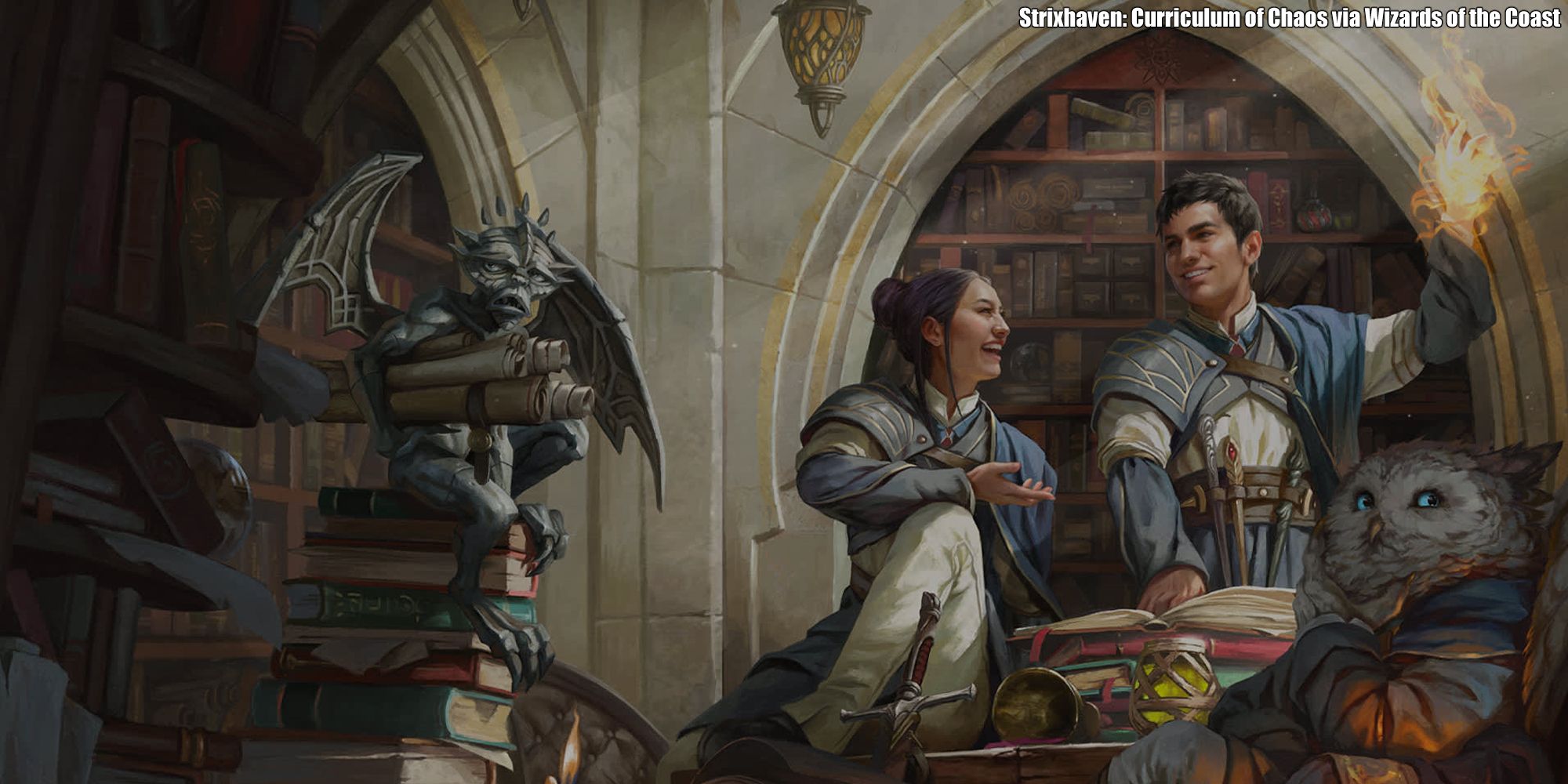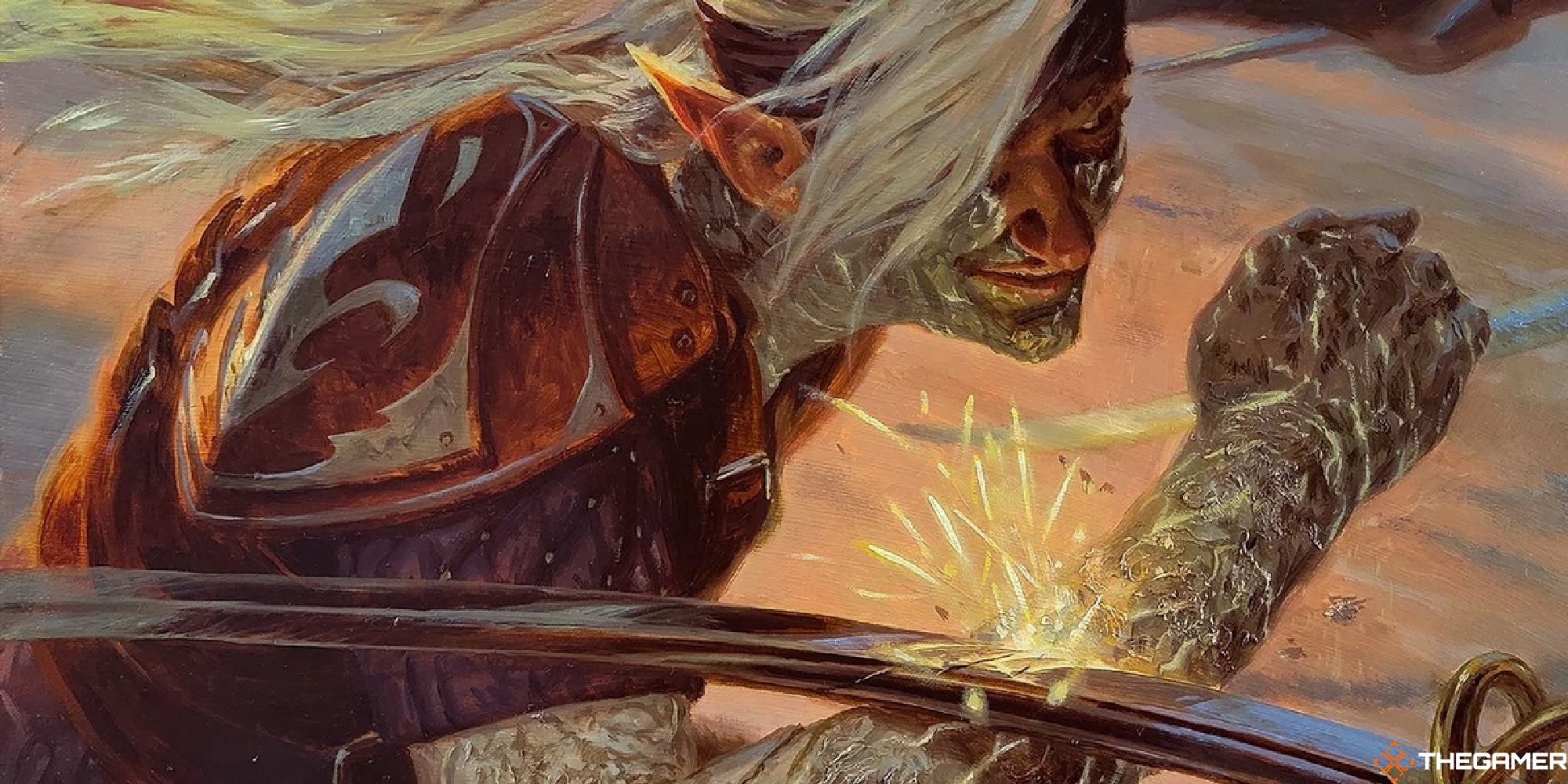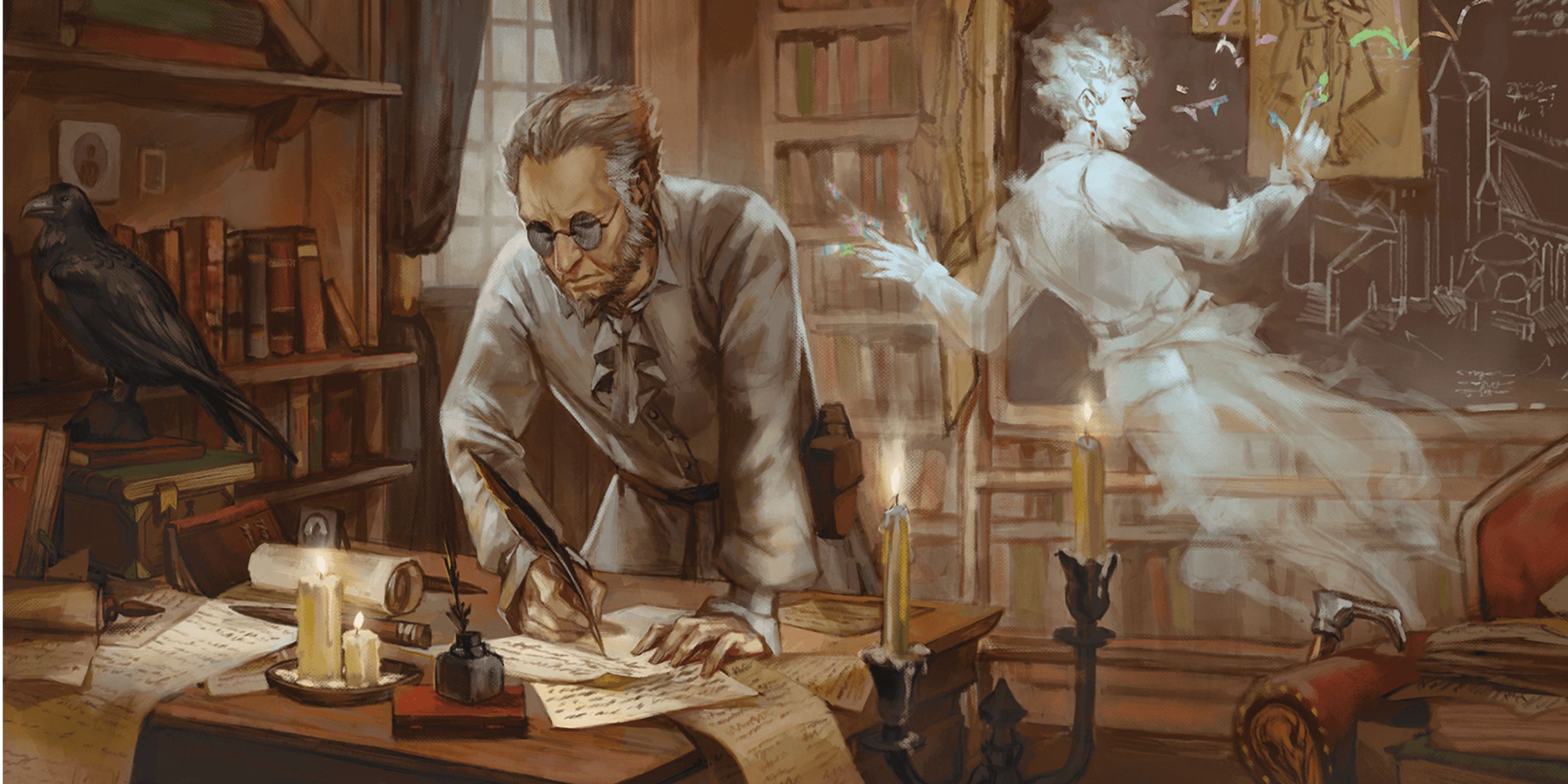One of the most rewarding feelings as a dungeon master for Dungeons & Dragons is completing a long-term campaign with a dedicated group of players. While 'long-term' can be anywhere from six months to ten years, all contain memorable adventures with characters your players will never forget.
Prepping for a campaign that could potentially take months or years to finish can be daunting at first, but it lets you discover new ways to play while unlocking a new love for the game. Assuming everything goes right, and you are somehow able to schedule consistent games, there are a number of factors to consider when taking your players for a long-term adventure across your campaign.
8 Have A Session Zero
One of the most overlooked parts of D&D is having a session zero. This is when you describe the setting and conflicts within your world while going over expectations and rule changes.
You should also ask your players if there are any themes or topics that should not be in the game.
You can also use a session zero to learn about what kind of game your players want to have, whether it's a focus on role-play or combat or something in between. The more you learn in session zero about the gritty details, the more likely you are to avoid awkwardness or more serious issues in the future.
7 Use Multiple BBEGs
Standing for 'Big Bad Evil Guy,' your long-term campaign should host several BBEGs as your players adventure across the world. In earlier levels, the stakes should be lower as they discover their character and role-play potential while making sure not to give them too big of a challenge.
As they level up, increase the stakes to have long-lasting and even dire consequences should your players ignore them.
While your players handle pirate kings, bandit leaders, and vampires, consider having an overarching villain lurking in the background. While the players are busy adventuring and hoarding loot, have them enact their evil plansand use the results of their chaos as clues.
Some examples of high-tier villains are Vecna and Acererak, two powerful liches desiring death and destruction. If your campaign is in a homebrew setting, use them as inspiration for a unique BBEG with a hard-to-pronounce name.
6 Adapt The Campaign As They Reach Higher Levels
In earlier levels of play, your players might come across a troll guarding a bridge demanding a toll, a dozen bandits robbing their carriage, or a goblin ambush slowing their travel. As your players reach past level eight, these kinds of roadblocks start to bog down the adventure with unnecessary encounters that prevent the players from reaching their goals.
While you shouldn't eliminate random encounters altogether, consider how they can enhance the gameplay rather than just prolong it.
For example, if your players are looking for an abandoned ruin in the forest, include a fey creature who has information they need, but will prioritize playing tricks on the party or otherwise demand a favor in return. In this way, your players can choose to ignore the encounter and try their luck on their own, or risk their patience interacting with a unique NPC that directly relates to their goal.
5 Incorporate Player Backstories
The best feeling as a player is to accomplish a goal that you were planning since before session one. As a dungeon master, you should incorporate locations, NPCs, and villains from your player's backstories into your campaign.
In this way, your players do some of the work of world-building for you, while making them feel like they are more immersed in the world and storytelling.
You may even require your players to submit a backstory of a certain length so that you are able to include a little bit of each into your campaign so that your players don't feel like you're playing favorites. One thing you should avoid doing, however, is killing off NPCs from their backstories without them having the chance to save them first.
4 Use Recurring NPCs
Recurring NPCs in your campaign can help your players feel immersed in the world while also belonging to it. Having information that isn't relied on by a History check or a paragraph in their backstory is where the true storytelling experience of D&D starts.
NPCs can be trusted allies they can rely on for information or help, a seedy network or guild that can turn on them if they aren't careful, or a ruler the party has helped before. The more names the players recognize, the more they can engage with the role-play and storytelling without having to dependon a narrator to carry the game for them.
3 Give Your Players A Home Base
Between adventures, your players need somewhere to rest their laurels while storing all of their hard-earned treasure. By giving your players a home base that they can access relatively quickly, they can start to focus on long-term goals and use their base as a foundation for personal projects or important business.
If your players are traveling long distances and accessing high-level spells, consider adding a teleportation circle somewhere in their home so that they can avoid travel time and random encounters every time they need to reach it.
2 Balance Your Magic Items
While it might be fun to shower your party with legendary artifacts, if you want to maintain a balanced adventure, consider when and how your players obtain powerful magic items. While you can't always prepare for it, understand that wondrous and other non-combat items will be used in creative ways that break your encounters.
You should always let this happen and don't be afraid to improvise additional challenges should they avoid them entirely.
When you do hand out legendary gear, make sure your players earn it. Give them clues as to where they might be located and tie it in with the lore of the world.
When your players eventually reach it, it will be that much sweeter.
1 Take Notes
Despite no one knowing your story and your world better than you, you will definitely forget a few things, especially 20 sessions later. You should take notes on anything you know might come up again, such as an improvised NPCs name, something your players did that people will remember, or improvised lore.
If your world has important dates or festivals at certain times, keeping track of the time passed and the date of each session can also help immerse your players in the world. While you don't have to write a full recap after every session, jotting down the important information will save you in the long run.



